1300th Anniversary of Nara Capital
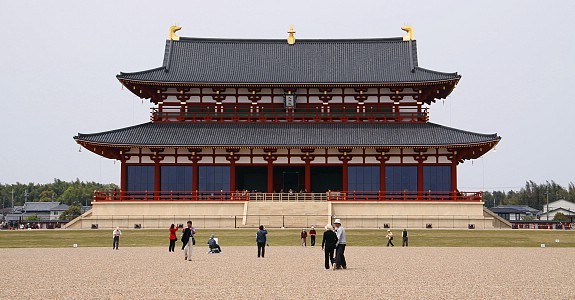
1300 years ago, Japan's first permanent capital was established in Nara, then known as Heijo. On the occasion of the anniversary, commemorative events are held on the former site of Heijo Palace from April 24 to November 7, 2010 and across the city and the prefecture during the entire year.
Heijo Palace Main Venue
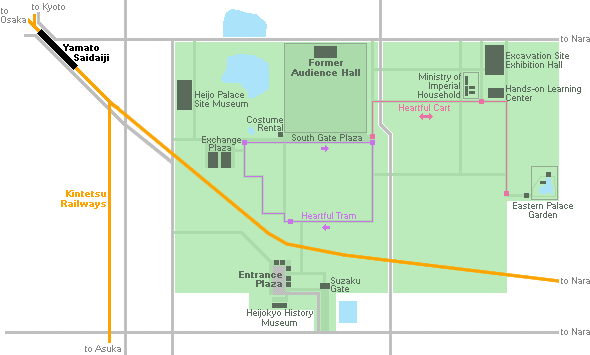
Thanks to the 1300th anniversary, the former Heijo Palace site has recently been transformed from an open field, difficult to appreciate by foreign visitors, into an exciting historical site, where the history of the Nara Period can be easily experienced. Special events and exhibitions are taking place on the site from April 24 to November 7, and several of the attractions will remain there permanently afterwards.
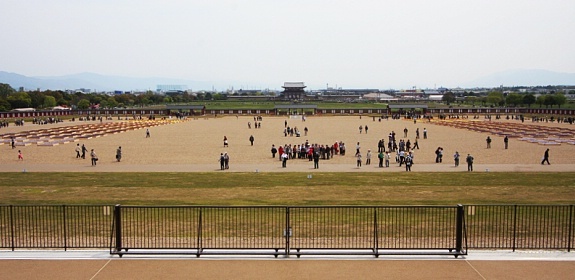
Historic Reconstructions
The former palace grounds are located west of the modern city center of Nara. When the capital was moved out of the city less than 100 years after its establishment, the former palace grounds turned into rice fields within a few decades and remained just that for over 1000 years.
In the 1950s modern archaeological research was started on the site, and two former palace structures, the Suzaku Gate and the East Palace Garden, were reconstructed in the 1990s. On the occasion of the 1300th anniversary of Heijo Capital, the palace's largest building, the Former Audience Hall, was reconstructed, making it easier than ever before to imagine the capital's past grandeur.
Apart from the major reconstructions, various foundations can be found across the palace grounds, some of which are highlighted by bushes, poles or low walls to indicate the former locations of other palace structures, such as the imperial living quarters and administrative offices.
Museums
In addition to existing museums about the palace site and excavation works, a new museum, the Heijokyo History Museum, was constructed to further help visitors to visualize the history of the former capital and its palace.
Events and Activities
To further entertain and educate visitors, various hands-on experiences can be enjoyed on the main venue, and a few shows and parades are held.
Hours and Admission
Most attractions are open from 9:00 to 16:00. Until 17:30 on weekends and national holidays through August 31 and from April 24 to May 9. From August 20 to 27, many attractions remain open until 21:00. On some days, the Heijokyo History Museum has extended opening hours until 19:30.
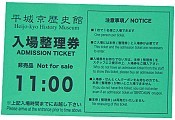
The palace grounds and most attractions are free of charge, except the Heijokyo History Museum (500 yen), the hands-on experiences (typically 100 to 1000 yen) and dress rental (300 yen). And even most of these fees are waved for foreign visitors (proof of a foreign passport is theoretically required)!
Most attractions can be entered without prior reservation, except the hands-on experiences, which require same-day advance reservations and the Heijokyo History Museum on busy days, for which visitors are required to pick up a ticket (seiriken) in front of the museum which entitles them to enter the museum at the time printed on the ticket.
Access
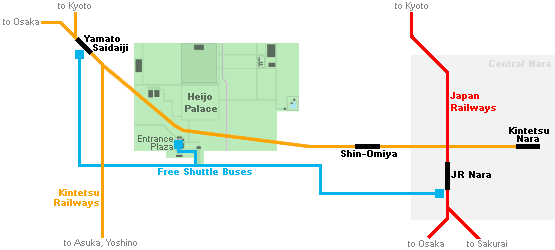
Relatively frequent free shuttle buses connect the Entrance Plaza on the palace site with JR Nara Station and Yamato Saidaiji Station, as well as with several parking lots for visitors arriving by car. Sporadic shuttle bus service is also provided between the palace site and Kintetsu-Nara Station.
Alternatively, it is possible to walk between Yamato Saidaiji Station and the northwestern corner of the palace site in about 10-15 minutes and between Shin-Omiya Station and the southeastern corner of the palace site in about 20-30 minutes.

Transportation within the site
The former palace site extends about one kilometer west to east and about one kilometer north to south. Accordingly, it takes a considerable amount of time to walk between the different areas within the site. For those unable to walk long distances, the Heartful Tram and the Heartful Cart operate between the site's main areas. Although they are free to use by anybody, priority should be given to senior visitors and those with special needs.
Rental bicycles are available from an outlet near the Exchange Plaza for 700 yen per day and seem to be a pleasant way to get around. However, because riding bicycles is not permitted in several areas of the palace site and bicycle parking is not provided in convenient locations, we do not recommend rental bicycles as a means for getting around the palace site.
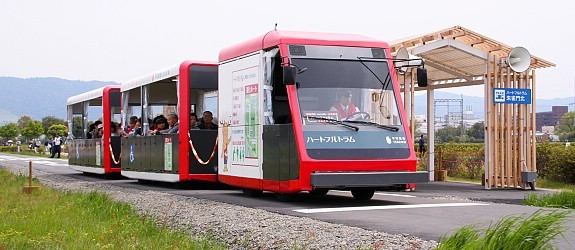
English Language Availability
Most signs on the palace site are multilingual, and English pamphlets, English audio guides (500 yen, free with a foreign passport), English speaking volunteers and free English guide tours (no reservation needed, not available in July and August) are available at the Entrance Plaza. Furthermore, these services are also available in Korean and Chinese.
Unfortunate is only the lack of English subtitles for the movies shown in the Heijokyo History Museum, although its main attraction, the virtual reality movie about the Heijo Capital, is somewhat enjoyable even without translations.
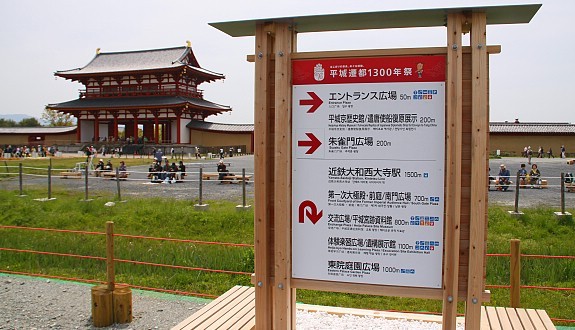
General Advice
While the special events at the Heijo Palace are well done, interesting and educational, we still recommend that first time visitors to Nara with limited time put priority on the city's regular main attractions, such as Todaiji and Kofukuji, and visit the palace site only if there is enough time at hand.
If you visit, try to avoid weekends, public holidays, the Golden Week and the peak of the summer holidays in mid August, when the site can be expected to be crowded, entering attractions may involve waiting times and hands-on experiences may book out quickly. On weekdays, it can be expected to be considerably calmer despite the likely presence of school excursions and senior tour groups.
Also, because the palace grounds are spacious and exposed to the sun, make sure to bring proper sun protection especially during the hot summer months. Vending machines for beverages are found all across the site, but food services are surprisingly scarce and have proven inadequate on busy days. You might want to bring your own food just in case.
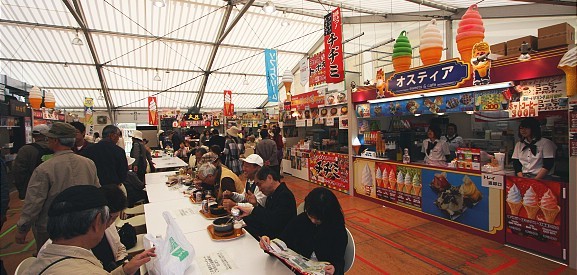
Other Attractions
Apart from the palace grounds, some of Nara's major temples have been engaging in renovation and reconstruction projects as well. In time for the anniversary, Toshodaiji Temple, southwest of central Nara, finished the extensive renovation of its main hall, which lasted for almost a decade. And Kofukuji Temple in the city center has completed excavation works and the construction of the foundation for the reconstruction of its main hall, which had been lost in the past (to be completed in 2015).
Further events are also being held in other locations of Nara Prefecture, the cradle of Japanese civilization, such as in the lesser known towns of Asuka and Yoshino. The events and reconstructions surrounding the anniversary create an additional reason to visit Nara in 2010, besides the city's regular historic sights and annual events.
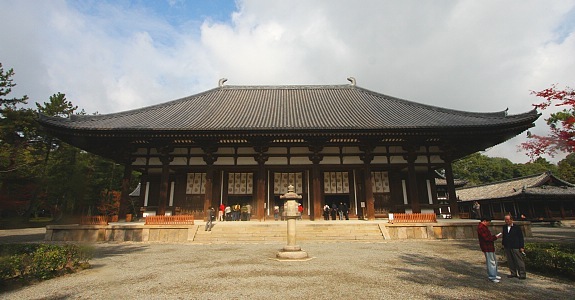
Questions? Ask in our forum.









